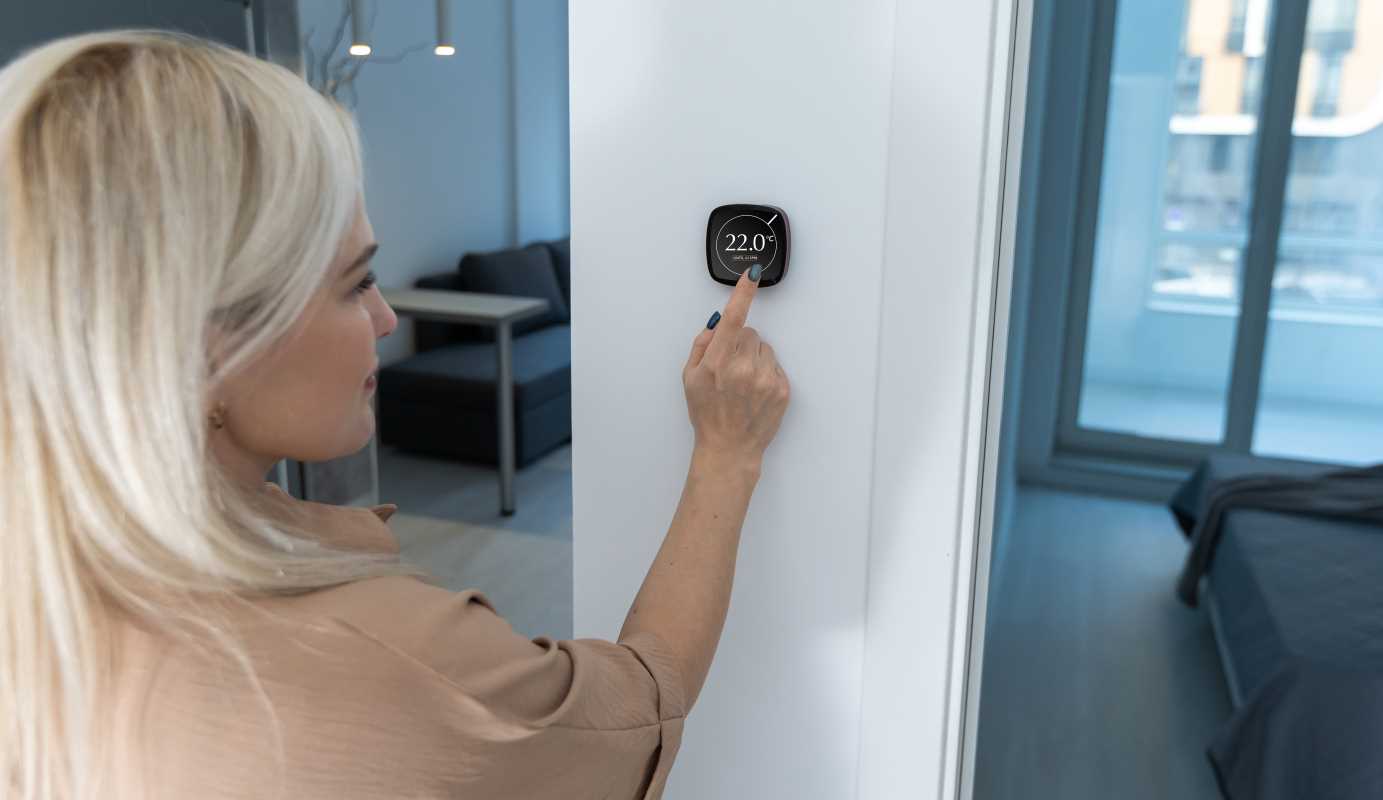Balancing demanding work schedules with personal responsibilities can make it difficult to prioritize self-care. Taking even a short break for yourself, though, can boost your energy, improve concentration, and help you accomplish more throughout the day. This guide explores practical ways to adapt self-care routines so they fit naturally into your daily life, no matter how hectic things become. Discover new perspectives that make caring for your well-being both accessible and enjoyable, turning small moments into opportunities for renewal and greater productivity.
Hidden Rhythms in Your Day
Every schedule contains patterns you don’t notice at first glance. That 10-minute window after your morning coffee ride could be a golden slot for quick stretches or guided breathing. By mapping micro-moments, you unlock pockets of renewal you never thought you had. Treat these moments like project milestones—brief but high impact.
Survey your calendar for recurring gaps under 20 minutes. Label them Alpha, Beta, Gamma slots and assign mini-tasks—hydration checks or posture resets. Over time, these micro-breaks build into lasting shifts in alertness and mood. Embrace the small wins to sustain momentum during marathon workdays.
Mind-Body Connection Points
Your brain and body communicate nonstop. Slow email threads or crowded commutes can raise cortisol without warning. Look for natural inflection points—before a high-stakes call or immediately after a complex report. In those transitions, a brisk five-minute walk or a set of chair yoga moves clears mental fog and fosters creative leaps.
Track your energy highs and lows for a few days. Chart calls that drain you versus tasks that energize you. Then design two to three brief rituals to anchor before and after each. Tiny adjustments rewire your response to stress and boost resilience during back-to-back obligations.
7 Customized Plans for Busy Schedules
- MyFitnessPal (wellness app, launched 2005) offers a food diary that automatically calculates macronutrients and a barcode scanner for packaged items. Its community-driven database includes over six million entries and syncs with most fitness trackers. Insider tip: Set “macro reminders” right after logging your morning coffee to maintain consistency throughout the day.
- Headspace (meditation app, 2010) provides guided sessions from three to 20 minutes and themed courses for focus, sleep, or stress relief. It includes brief “SOS” meditations you can launch between meetings. Insider tip: Schedule a daily two-minute breathing exercise in your calendar’s busiest slot to reset your stress baseline.
- Nike Training Club (fitness app, free with premium upgrade) offers strength, endurance, and mobility workouts ranging from seven to 60 minutes. The “express workouts” category targets specific muscle groups in under 15 minutes. Insider tip: Bookmark three express sessions labeled “Core”, “Upper Body,” and “Flexibility” to rotate during short breaks.
- Calm (sleep and meditation, subscription-based) features “Daily Calm” sessions and sleep stories narrated by well-known voices. It includes ambient soundscapes to mask office noise. Insider tip: Queue a five-minute ambient track before starting intensive tasks to sharpen concentration and filter distractions.
- Fitbit Premium (activity subscription) provides personalized insights based on your heart rate, activity levels, and sleep patterns. It offers guided programs for strength, cardio, and yoga, crafted to fit into 10-to-30-minute windows. Insider tip: Use the “Weekly Readiness Score” on Sunday evenings to tailor your upcoming plan and prevent burnout.
- Peloton App (fitness platform, subscription) extends beyond cycling to include running, strength, and meditation classes. Many sessions run exactly 10, 20, or 30 minutes to fit into calendar slots. Insider tip: Pre-download two running classes for offline mode, then slot them into transit times or treadmill intervals.
- Noom (behavioral health, app-based) pairs daily lessons with food logging to change long-term habits. Its psychology-driven prompts appear at customizable times, nudging mindful eating or hydration. Insider tip: Activate the “Quiet Mode” during peak focus hours so prompts arrive only in designated wellness slots.
Each of these options lets you combine self-care with tight schedules. By emphasizing short sessions into your routine, you create a feedback loop of energy and clarity.
Designing health plans doesn’t require grand gestures—small, consistent efforts produce the biggest results.
Simple changes and thoughtful tool selection can help you manage your calendar effectively. Start with a single micro-ritual and one app feature this week to notice immediate improvements.
 (Image via
(Image via





